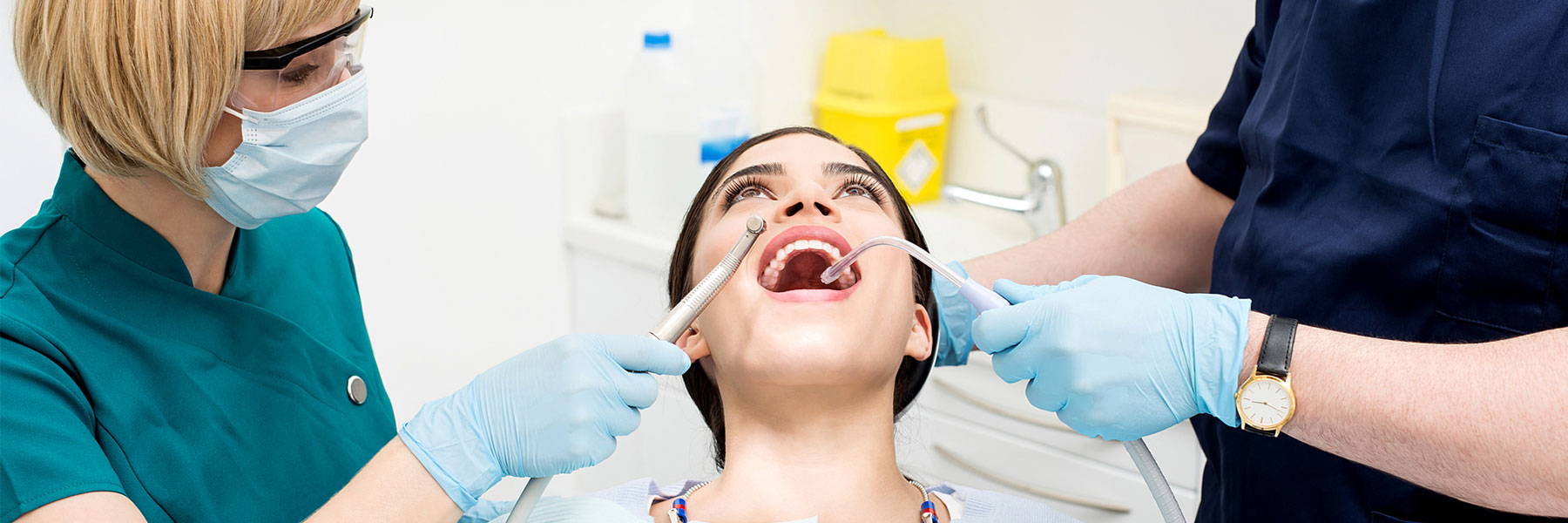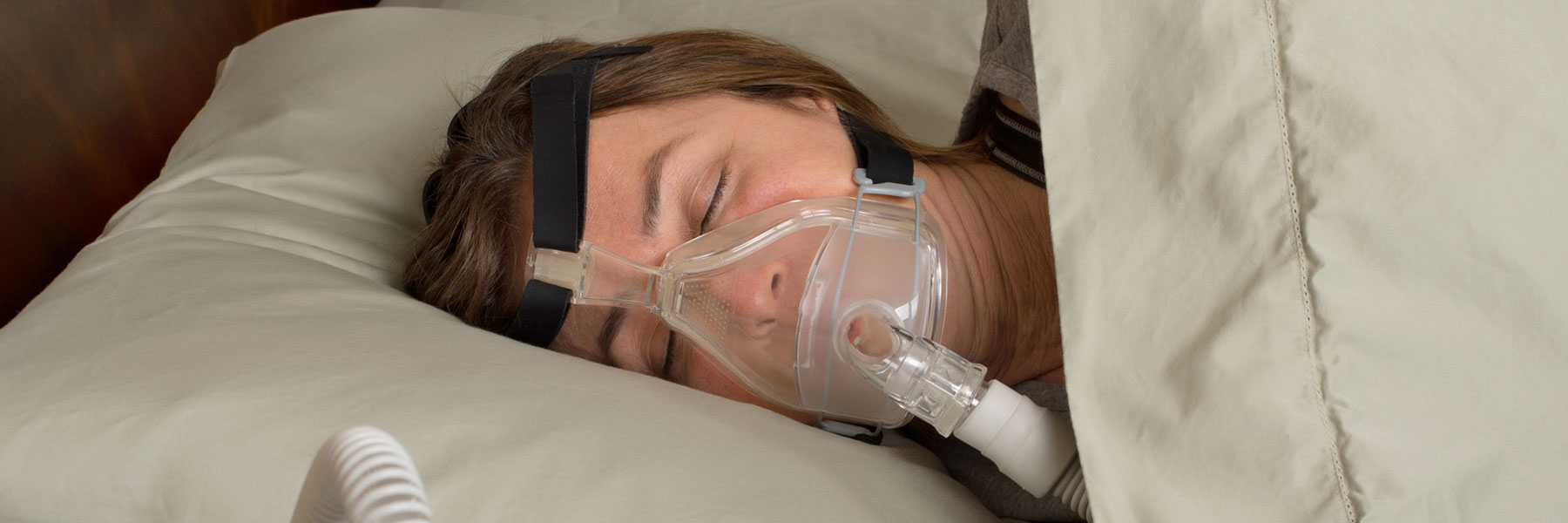Diagnostic X-Rays
Dental x-rays provide the dentist with a complete view of the mouth that allows him to diagnose and address potential problem issues before they become serious. Family dentists will usually request that new patients get x-rays as part of the initial intake process. Existing patients also have periodic x-rays, usually once a year.
Why X-Rays are Important
Diagnostic dental x-rays done on a routine schedule provide the dentist with a helpful visual timeline of how your mouth is progressing through time. Cavities in difficult-to-access areas of the mouth, abscesses, tumors, cysts, bone loss, malformed bone, and other potential problems are all easily seen using this technology. Issues with impacted teeth such as wisdom teeth or congenitally missing teeth can be addressed using x-rays. In children, dental x-rays provided the dentist with valuable information on how to teeth are forming as the child grows.
Types of X-Rays the Dentist May Recommend
Types of x-rays the dentist may recommend include two to four bitewing x-rays. These provide a view of the crown portions of your teeth in order to check for early signs of decay starting to form in between your teeth. To get a good look at your teeth’s bone height or root tips, periapical x-rays provide the best view. A panoramic x-ray shows the entire mouth, sinuses, and a complete view of the upper and lower jaws.
Answers to Frequently Asked Questions
Some patients worry about the safety of radiation exposure and wonder when it’s safe to have x-rays taken. Dental x-rays use a very low level of radiation to reduce the risks associated with radiation exposure. Before x-rays are taken, a lead bib is laid over the patient to reduce exposure. Dental x-rays are generally regarded as safe for pregnant women, women of childbearing age and young children. The dentist would be happy to discuss specific concerns with your situation. Just ask!
Schedule an exam that includes diagnostic x-rays to identify potential problem areas.
Schedule an Appointment





